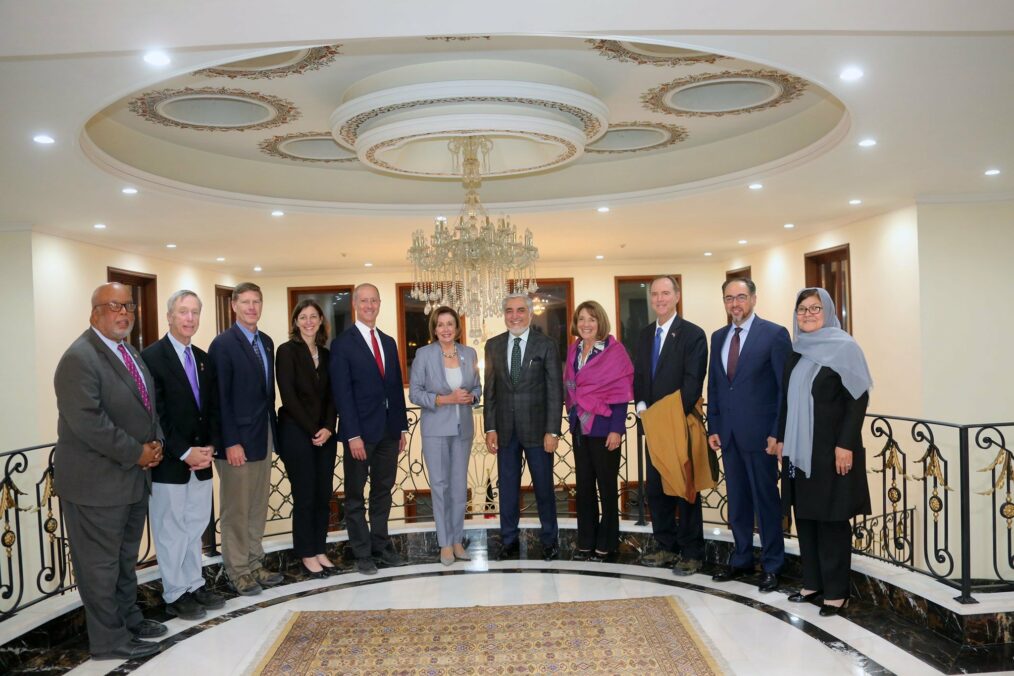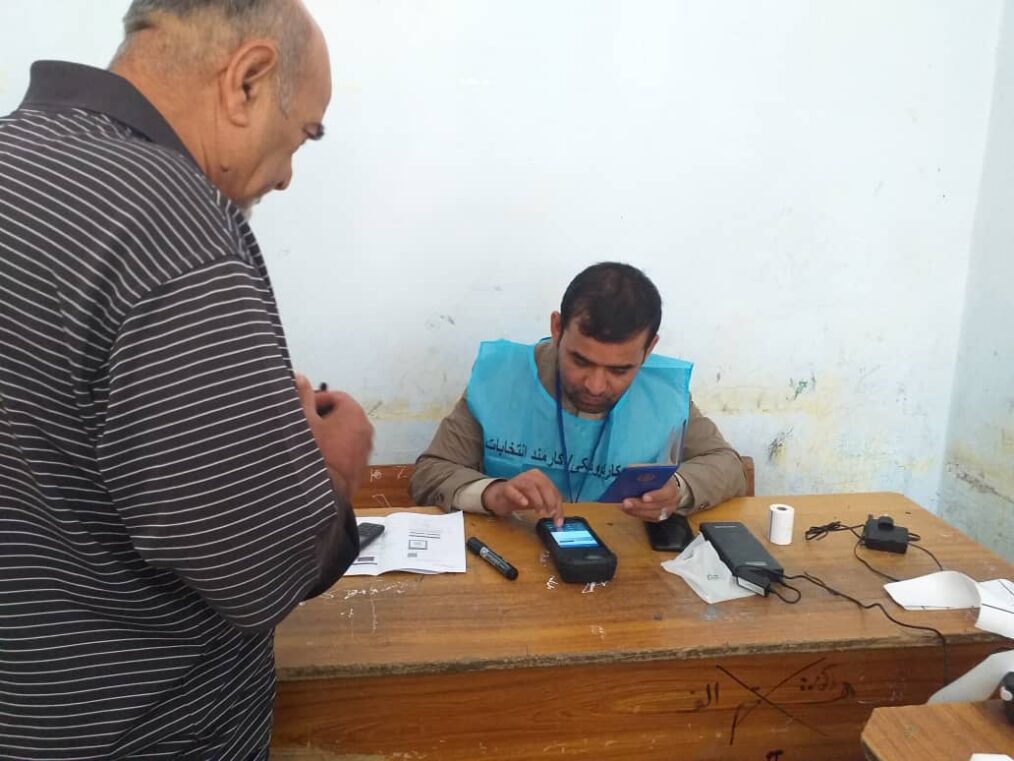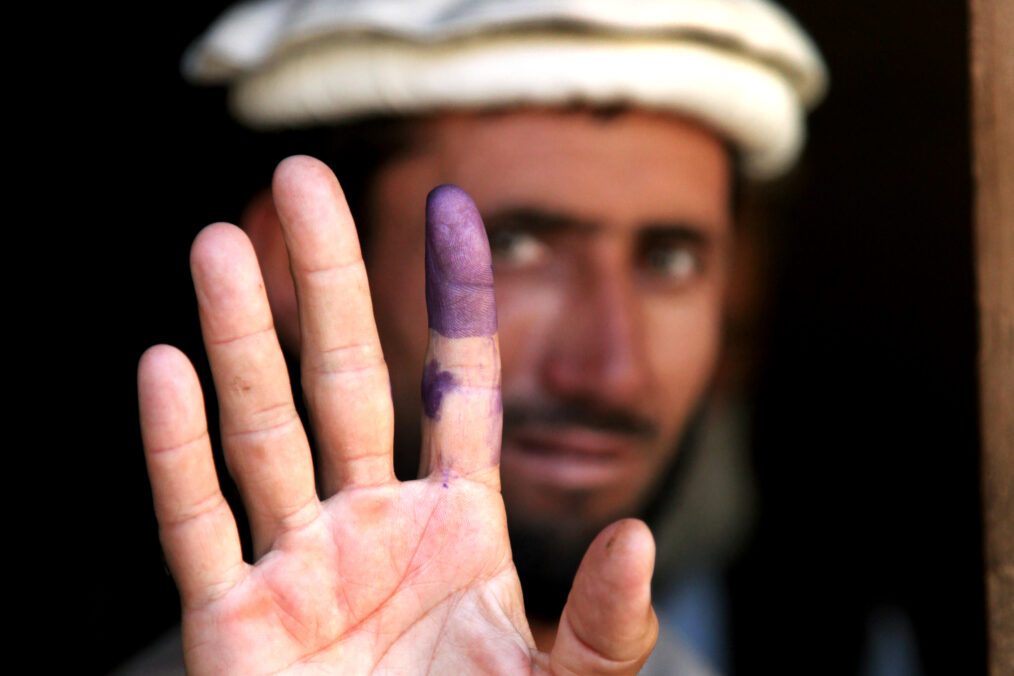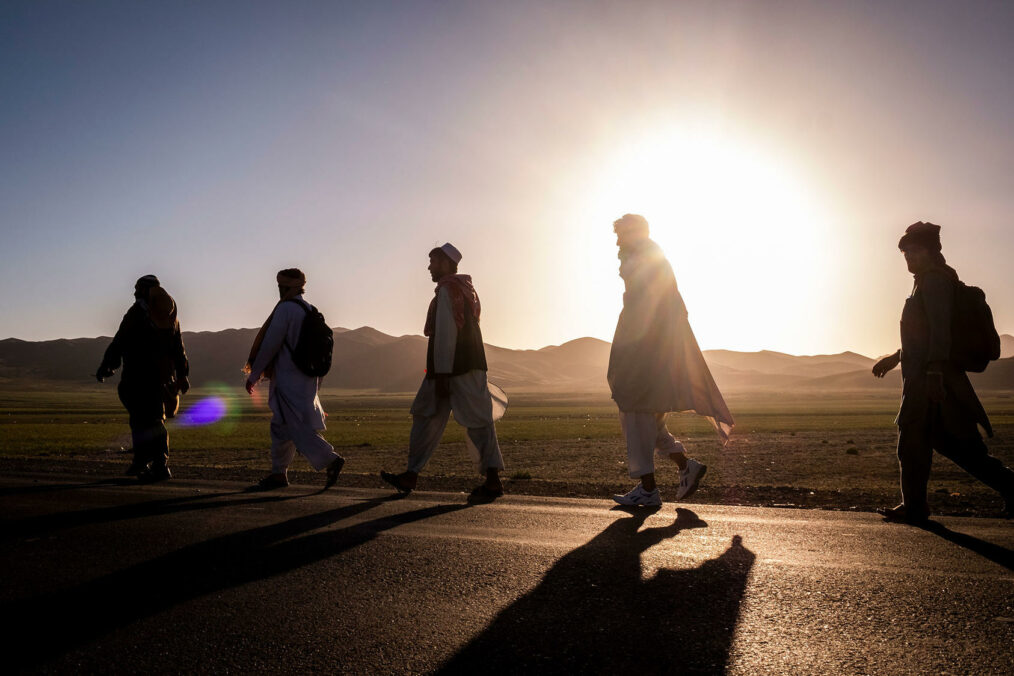Afghanistan near crises now that election is over
Editor note: The information in this article is based on our research, interviews, and analysis. It is a collaboration between our Afghanistan team, including two field researchers and a journalist in Kabul, as well as the Washington D.C. team. This piece provides in-depth knowledge and on the ground reporting that neatly summarizes the events of the presidential election of September 28th, pinpoints local regions of concern and identifies the role of the Taliban in thwarting an increased voter turnout. Key impediments to democratic participation are highlighted and build toward the burning question: does Afghanistan face yet another crisis of governance in the wake of this contested election?
Security concerns, technical difficulties related to voter registration irregularities, and apathy due to entrenched fraud contributed to a low voter turnout in the Afghanistan presidential elections held on September 28. Total votes only accounted for half of those placed in the 2014 election.
“Lowest turnout ever,” said Sayed Mujib Faizy, a reporter for Salam Watandar radio and a Research Analyst for Rise to Peace. “People were scared, less motivated to vote due to possible terrorist attacks and also bad past experiences from previous elections.”
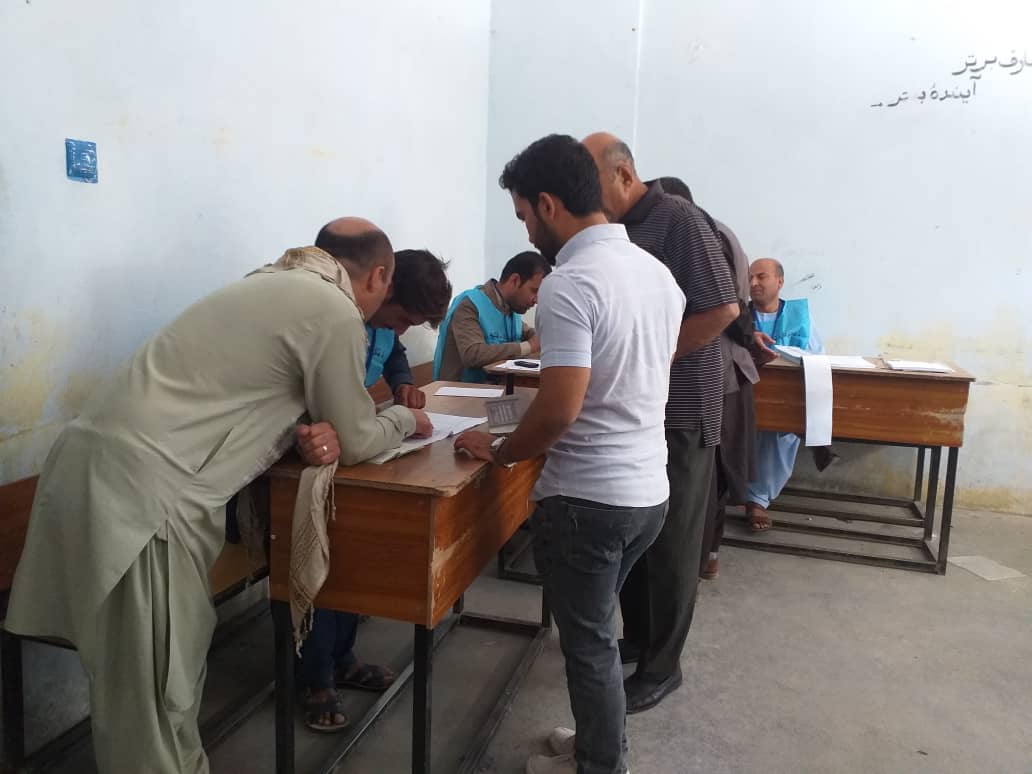
Residents of District 15 of Kabul city are voting at an election poll in their communities. Photo by Rise to Peace. September 28, 2019
While all the votes remain to be counted or transferred to the central tally, front runners Abdullah Abdullah and Ashraf Ghani both claimed victory. Afghanistan’s Independent Election Commission (AIEC) is set to announce the primary results on October 17 and the final results on November 7, 2019.
A similar scenario happened in 2014 in that both candidates claimed the higher number of total votes, and thus victory. High tensions after the second round of voting consequently resulted in a power-sharing agreement brokered by former United States Secretary of State John Kerry. This facilitated the establishment of the National Unity Government (NUG) which was not entirely a democratic solution. It was the first time in the history of Afghanistan presidential elections and governance that two candidates challenged for one seat, therefore it was uncharted territory.
The past four years have been difficult for Afghanistan under the National Unity Government. According to the incumbent president, 45,000 security personnel have been killed since he took office. As well, ethnic discrimination among tribes tripled, unemployment continued to rise and there have been increases in violence, as well as corruption. All of these factors leave Afghanistan vulnerable to terrorism.
Despite the fact that the 60,000-strong Taliban were outnumbered by security forces, Afghan voters still feared the threats issued by the Taliban. Their aim to intimidate and spread fear in the Afghan people included warnings that they would conduct bombings and mass shootings, as well as cut off fingers, to express their opposition to the elections. The AIEC reported that nearly 2.2 million out of 9 million registered voters cast ballots in the election, proving that the Taliban’s fear tactics were successful.
For instance, in Kabul — the headquarters for all security agencies such as the Ministry of Defense, Ministry of Interior Affairs, the United States embassy and military bases — the Taliban successfully carried out several minor explosions with the one intended to keep the people away from the polls. This undoubtedly weakened the credibility of the democratic process and heightened the power, as well as legitimacy, of the Taliban since they could execute such attacks in the capital city.
Cautious authorities placed an uneasy Kabul under partial lockdown, tightening security and banning trucks from entering the city. Nevertheless, Taliban threats did not stop many from voting. Mohiuddin, who is 55 years old, told AFP, “I am not afraid, we have to vote if we want to bring changes to our lives.”
“These elections are important to us because we want a leader who will negotiate peace with the Taliban and end the years-long war in the country,” expressed Ismatullah Safi, a taxi driver in the capital of Afghanistan, Kabul.
Shoaib Sharifi, a journalist in Kabul, described the security presence as strong. He noted, “In the big cities there seem to be more police and army deployed than voters.”
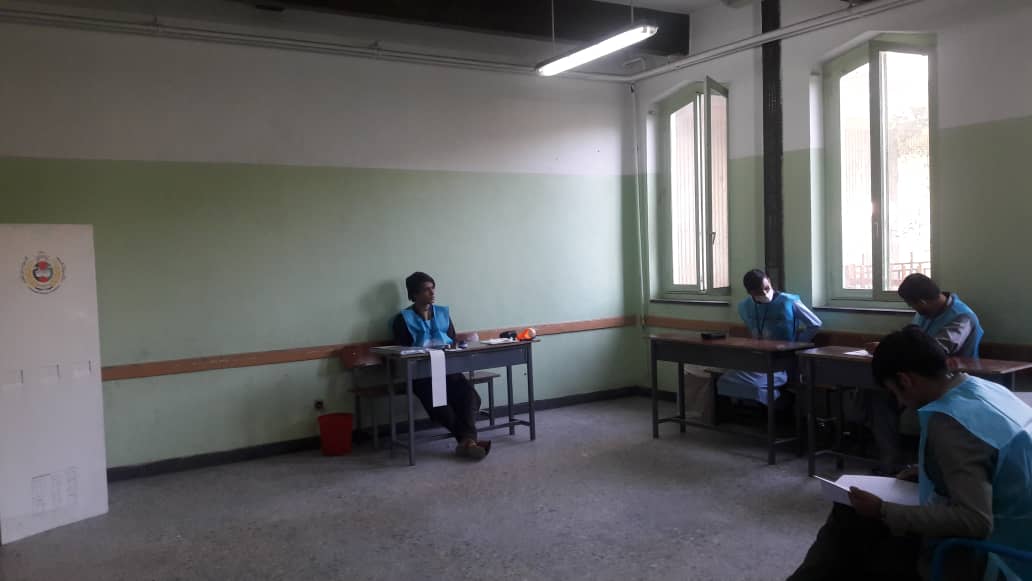
Poll officials in this part of Kabul city have been waiting for over an hour now to receive voters. Photo and report by Sayed Muib Faizy of Rise to Peace. September 28, 2019
Here is a breakdown of the three main problems that led to a low voting turnout: security challenges, voter suppression and fraud, and women’s participation in the election.
We have conducted interviews, gathered data, and examined local voters who contacted Rise to Peace via social media and by Afghans posting their experiences on Facebook.
Security Concerns and Challenges: A huge victory for the Afghan security forces
As the vote-counting commenced, it brought about the end of election day in Afghanistan. The precarious security situation and the struggling economy seemed to be on top of the minds of voters. The Taliban made every effort over the last few weeks to ensure this election would not be a peaceful affair. More than 72,000 security personnel were deployed to 49,402 polling booths nationwide. The threat of attacks remained on Afghan voters’ minds, but some said they were determined to go out and vote.
Despite efforts to ensure the election ran smoothly, including the use of equipment such as biometric fingerprint readers and better training for poll workers, 445 polling stations remained closed due to security concerns. Chaotic disruptions at polling stations and scare tactics from Taliban forces led to fear and anxiety across the country’s electorate.
“I did not vote because I did not want to get killed,” said a 25-year-old shopkeeper in District 11 of Kabul City.
The increased security presence did not prevent all manifestations of violence. TOLOnews reported over 260 incidents and that 90 of them were a direct attack on polls. In a single attack, at least 17 people were wounded when a bomb exploded outside a polling station in the southern city of Kandahar hours after the polls opened.
As Abdul Qadir Sediqi, a Reuters correspondent in Afghanistan correctly states, the election was “a major test of the Western-backed government’s ability to protect democracy.” As the votes continue to be counted, Afghans cautiously await news to find out who their next president will be, and if this leader can improve the security situation.
Local officials in Helmand said that voter turnout was weak. The presence of the Taliban in the province prevented citizens from casting their votes in at least five districts. There were also multiple reports from provincial officials in the north of Afghanistan that stated insurgents fired mortars on the city of Kunduz in attempts to interfere with the casting of ballots. Ghulam Rabani Rabani, a council member for Kunduz province, stated on election day that the Taliban “are attacking Afghan security forces in two locations outside the city, in running gun battles.” He confirms civilian casualties, but couldn’t immediately provide a number.
In Baghlan, a province frequently attacked by the Taliban, 12 polls remained closed due to their threats. Fewer people voted at open polling stations as the Taliban fired several mortars to disrupt the electoral process. Further, security was especially tight in northern Afghanistan, particularly in Kunduz due to a recent attack by the Taliban. However, telecommunication networks were down in Badakhshan, Takhar and some areas of Kunduz province until September 30.
Furthermore, only 225 people voted in Zabul province because of the strong insurgency presence and the lack of civic engagement. The telecommunication networks were disrupted or completely down intermittently. AIEC stated it lost contact with 901 of the country’s 5,373 polling centers. On top of this, the Taliban threatened to close highways and disrupt polls. Nevertheless, despite a few claims of Taliban activity on the Kandahar-Kabul highway in Zabul province, they were unable to disrupt the election drastically.
The Afghanistan National Security Forces scored a marked success as they prevented any major terrorist attack in a country where various terrorist groups operate and the Taliban controls over 60% of the territory. Their actions proved their capabilities to defend Afghan citizens. Security concerns, election fraud, and a lower voter turnout can easily be depicted as backsliding in Afghanistan, however, the presidential elections of 2019 were a positive step compared to previous events. Elections in 2009 and 2014 may have produced higher turnout, but they were hampered by mass corruption, fraudulent votes, and deadlier attacks.
Voter Suppression and Voter Fraud
General uncertainties over the election coupled with the continued threats of Taliban violence proved to be problematic obstacles that hindered citizens’ eagerness to vote. Efforts to mobilize the more than 9 million registered voters were proven to be unsuccessful as broad and diverse swaths of the Afghan population chose not to partake in the nation’s fourth Presidential election.
It is still too early to measure the extent of electoral fraud that was committed during this particular election as not all of the ballots have been counted. On the other hand, citizen journalists reported instances of fraud on social media sites, such as Facebook. Videos depicted supporters casting numerous ballots in favor of their preferred candidate in several places across Afghanistan. A group affiliated with Ashraf Ghani’s campaign team, or other supporters, can be viewed filling out ballots whilst sitting under a tree in this video posted to Facebook.
Biometrics
Though new safeguards and technological improvements were incorporated in order to strengthen the electoral processes of Afghanistan’s critically important governmental elections, fraudulent practices and technical glitches with voting machines caused for flawed executions and untrustworthy outcomes. These significant setbacks undermined the integrity of Afghanistan’s presidential election, and further proved the need for more reforms to be undertaken in order to ensure the viability and legitimacy of Afghanistan’s future democratic elections and institutional practices.
Technical difficulties, such as computer system glitches and faulty software programs, led to miscalculation of vote tallies and distrust in the technology. As a result, these instances put into question the role computer-based systems should have in ensuring the legitimacy and success of Afghanistan’s electoral processes.
Registration ballots
Apart from security concerns and biometric failures, most people in Afghanistan were unable to vote simply because their names were not in the system of registered voters, where these individuals have been registered within their respective communities and designated polling stations. Poll administrators were unable to verify or find records proving voters’ registry and citizenship within the election data systems, which delayed the designated polls, and as well as frustrated passionate voters that risked their lives to cast their votes.
“Our names are not in the system… this is fraud,” said a 60 year old man in Nangarhar province to TOLONews. Another voter said that his name was not on the list, even though he was registered and voted in last year’s parliamentary election.
The AIEC voter registration database had difficulties throughout the country and as the result, most registered voters could not vote. Administrative failures such as these led to voters questioning the legitimacy of the election, with Afghan voters vocally chastising the AIEC for their failures and inability to manage a presidential election through effective, trustworthy approaches and applications.
Role of women: lower compared to previous elections
If men face extreme difficulties to vote in Afghanistan, it is even less likely that women will vote given the security challenges and cultural barriers, primarily in rural areas, where they are vulnerable to terrorism and as well as stricter social barriers. Compared to previous elections, fewer voted from the 3 million women registered to vote.
There are several factors that have impacted the female voter turnout. First, women are often victims of violence, as demonstrated by a deadly bombing spurred by the 2015 parliamentary elections, where an explosion targeted women voters in an elementary school in Wazir Akbar Khan. Second, women were disinterested in voting because they were discouraged from the results of previous elections where they voted despite security and cultural barriers. Third, cultural barriers throughout the country prevent women from exercising free will and choice as they have been historically dominated by the male dominant society. For instance, at the household level, the majority of women are told by their husbands or fathers for whom to vote.
This intense patriarchal culture from the local levels feeds insecurity for women to be productive members of Afghan civil society. It can lead to further security challenges as the Taliban want to restrict the rights of women and participation in the democratic process could place women in harm’s way. On the other hand, since Taliban rule ended in 2001, women’s rights have expanded and today there are 63 women in the parliamentary body out of 320. This is a major success given how fragile Afghanistan is, where the majority of its women have lived in an extremely marginalized society.
According to TOLONews, from 6:15 am to 8:15 am no women voted in Kandahar province. This election had the lowest voter turnout ever in Afghanistan, therefore it is unsurprising that fewer women voted. A decrease in the number of women engaged in the electoral process is a concern, yet inspiring photos of women voting, like a 70-year-old woman who voted in Kandahar despite Taliban threats, demonstrate there is room for improvement.
Conclusion
Afghanistan is in a critical moment of its history and it cannot afford another crisis while it remains entrenched in others. In addition to security challenges, general discouragement felt by Afghan citizens is a key factor in regard to low voter turnout. Throughout our interviews and analysis of data received, the majority of respondents answered that they are unhappy with corruption and fraud in the past four elections in 18 years. “Even my friends said that we do not want to vote because its symbolic and we don’t have a good experience,” said Mr. Faizy.
“Fraud will take Afghanistan to crisis,” said Rahmutalla Nabil, a presidential candidate and former head of intelligence in Afghanistan.
Election transparency, as well as a political compromise, are needed to avoid a crisis given Afghanistan’s rich ethnic-tribal values and systems. Most of the people we interviewed expressed their concern that the crisis is possible. They urged the United States and the greater international community to continue to monitor and pressure the AIEC for transparency and voter counts to avoid any systematic fraud. In addition, the US should not support any candidate that emerges as a winner that applied fraudulent tactics. Not only would that counter democratic norms and values of a free society, but it would further damage any legitimacy of an Afghan government.
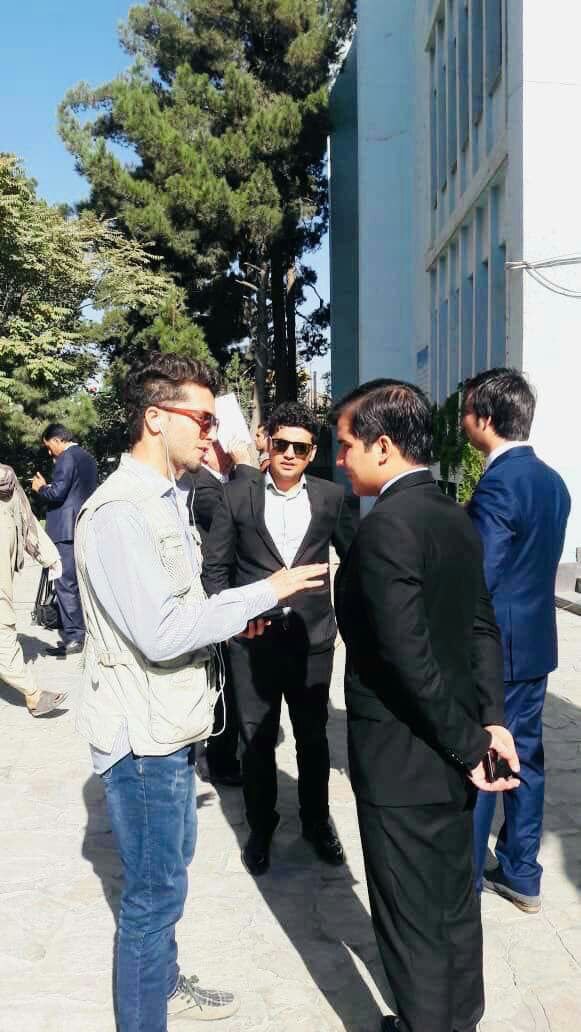
Sayed Mujib Faizy of Rise to Peace is interviewing voters in Kabul city. September 28, 2019

